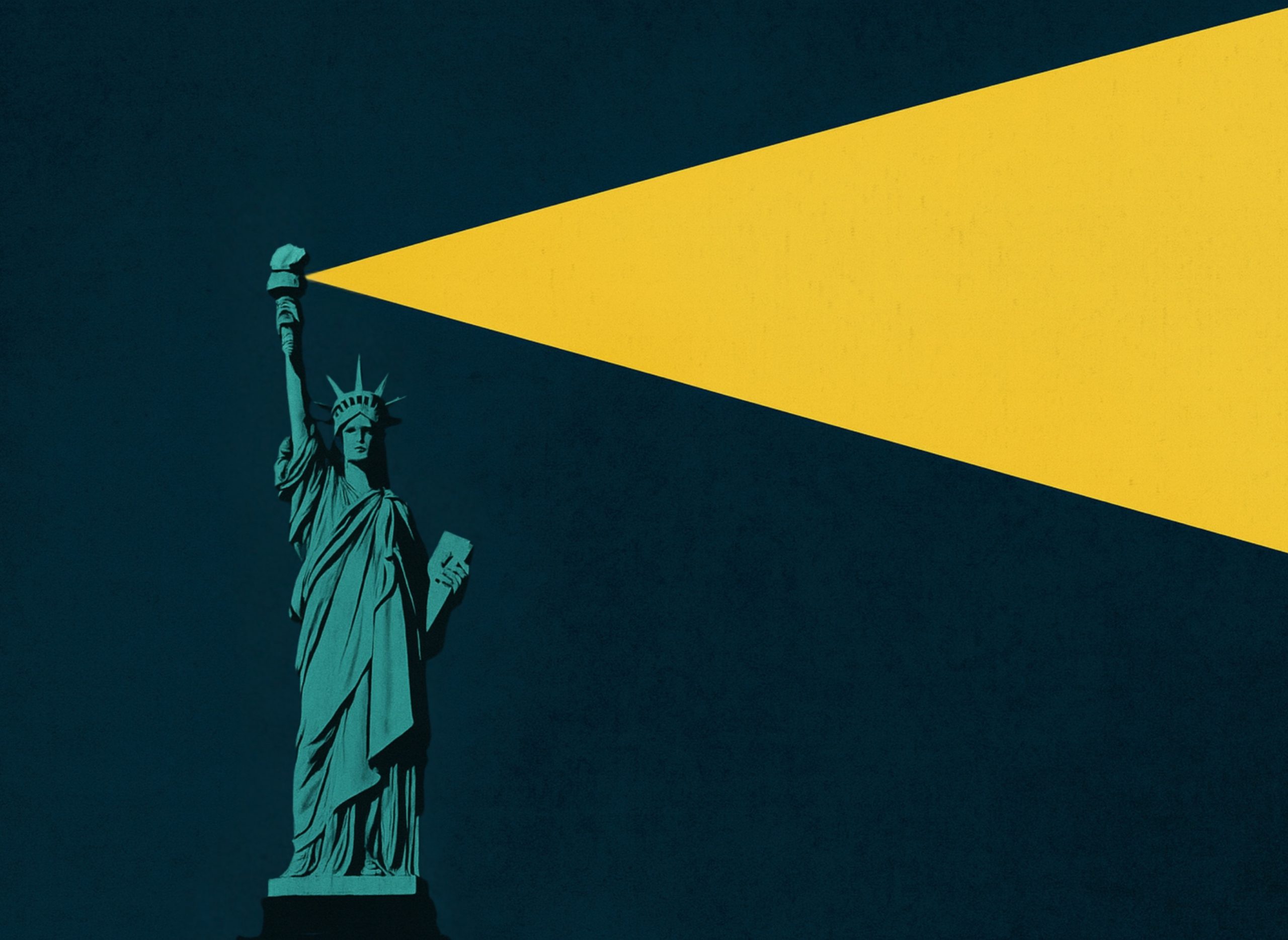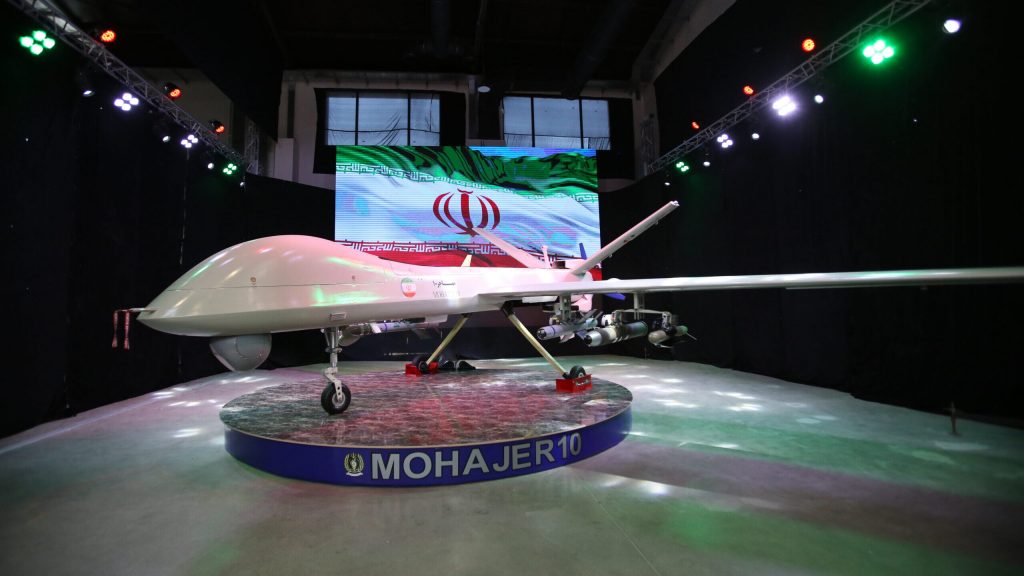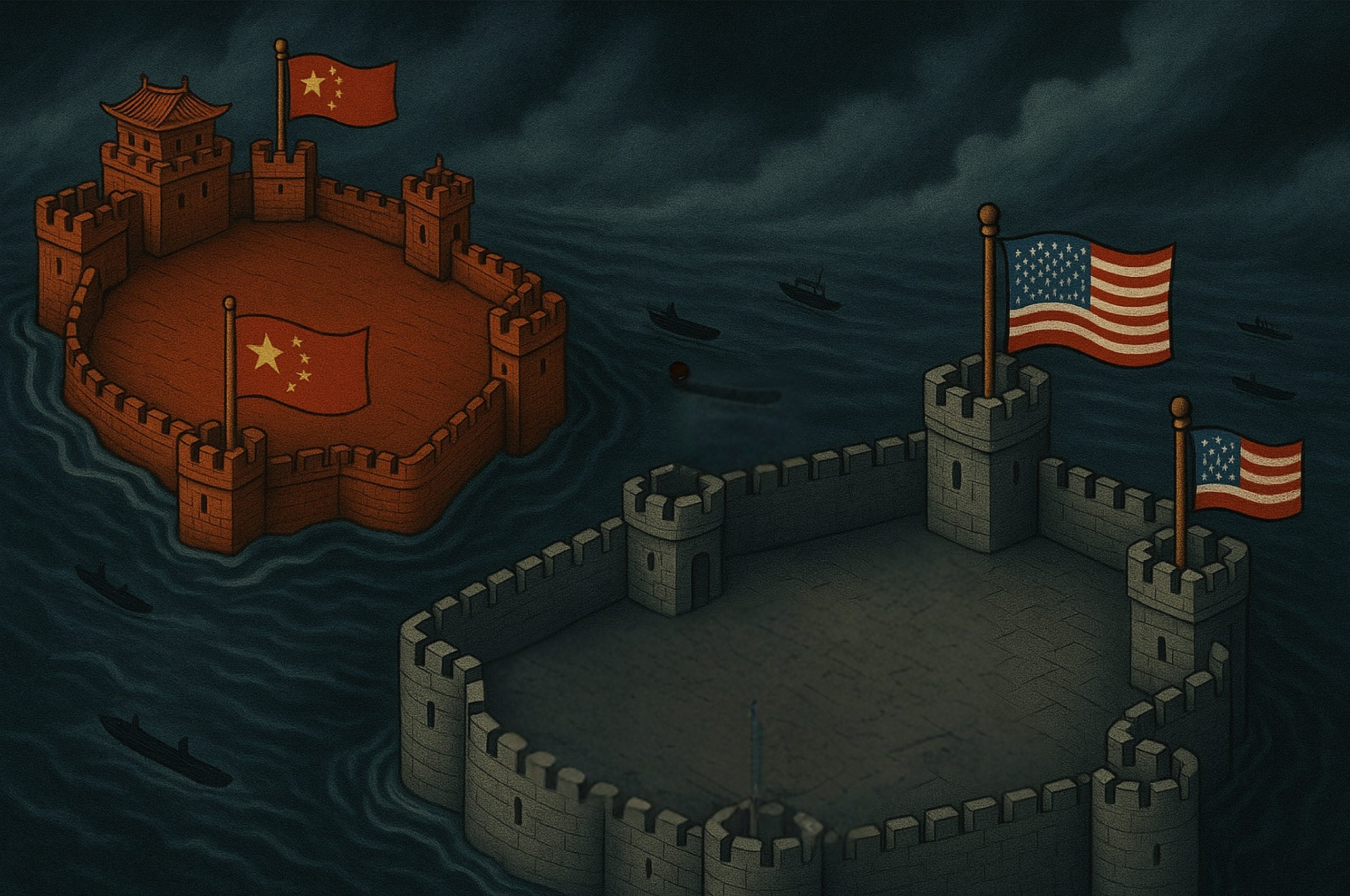
America in a Changing World
What is the Ideal American Foreign Policy in the Multipolar World?
By | Robert F. Cekuta,
JULY 05, 2025
Summer 2025
As President Trump seeks to implement a new America First foreign policy, more is underway than just changes in priorities, areas of emphasis, or tone. Global actors are changing how they see their futures and how each interacts with one another to realize their own national security/foreign policy objectives. Thus, while the argument is often made that “America First should not mean America Alone,” this point has to be integrated into any changes Washington pursues. The U.S. cannot operate with complete disregard of others in pursuing American objectives. Like it or not, the U.S. has been, and will continue to operate in a multipolar world, and Administration policymakers need to take this reality into account.
President Trump has pursued tactics of surprise and disruption in U.S. foreign policy as well as in domestic affairs since the start of his second Administration. Among the ongoing themes is the belief that the international order has disadvantaged Americans and therefore urgent action is needed to reverse this situation to make Americans safer, more secure, and more prosperous.
Certainly, there are many facts arguing against this belief, but for purposes of this article it is best to accept that the President and his Administration are convinced of this assertion and will operate accordingly. This perception, however, runs into an ongoing reality, i.e., that the U.S. is one actor, certainly an extremely powerful actor, but still one actor among close to 200 countries and in a world in which non-state actors also play important, and sometimes even critical, roles.
Like It or Not, It’s a Multipolar World
Today’s multipolar world includes powers such as European countries, Australia, NATO members, and Japan that remain supportive of the rules-based international system that brought peace and prosperity to many. It also includes powers such as Russia and China that feel constrained or disadvantaged by the current global system. Critically, the evolving multipolar world includes others on all continents desiring a bigger voice and more prominent international roles. Some have described the post-Cold War world as unipolar, overly advantageous to and dominated by the U.S.
American military and other defense capabilities have been a key factor in this perception of unipolarity. Reality, however, is that even in the defense/military sphere the U.S. for years has had to operate and seek to manage and to achieve its national security goals in a multipolar global environment. Post-Cold War U.S. military superiority is a primary factor for perceptions of unipolarity. Immense domestic outlays on U.S. defense, the American military’s unique capabilities, the country’s intelligence capacity, innovation in American weapons systems and military doctrine, the prevailing idea within the U.S. administrations and Congress that U.S. forces must be capable of defending U.S. interests anywhere, at any moment, in any situation, in any clime all meant that the country’s military remained the world’s best.
Best, however, does not always mean invincible. The U.S. saw numerous military successes, for example in Kuwait, the Balkans, and defeating ISIS, but Afghanistan showed the problems even the strongest military faces in asymmetric warfare. Difficulties with the Houthis and piracy off the Horn of Africa reinforce this point. Moreover, the U.S. made a point of maintaining NATO and other alliances, e.g., with Australia, Japan, and the Republic of Korea, and developing wider sets of international security partnerships, for example with Saudi Arabia and the United Arab Emirates, to address international security challenges more effectively.
At the same time, the U.S. and the status quo identified with American security and prosperity face challenges from other powers. Among the challenges are China’s attempts over the past two decades to supplant the status quo in East and Southeast Asia. Similarly, Russia’s invasion of Ukraine beginning in 2014, along with Moscow’s cyber attacks, efforts to preclude countries from choosing to join NATO, use of information warfare, and additional aggressive actions against other European states further demonstrated peer-country willingness to challenge the U.S. despite tremendous U.S. nuclear and other military capabilities.
Disruptive technologies also undercut the notion of unipolarity in military affairs, even in areas where there has been an ongoing U.S. lead. Azerbaijan’s use of drones during President Trump’s first Administration to recapture its territory in Karabakh showed how drones could change warfare and that American drone technology was not the only game in town. Subsequently, Ukraine’s successful use of drones, including against Russia’s navy and distant strategic air assets, eliminated any remaining doubt about their transformative impact.
Iran’s reported supply of drones to Russia has additional implications, i.e., the innovative capabilities non-peer powers can draw upon to challenge U.S. military capabilities. Artificial intelligence (AI), despite U.S. leads, is affecting defense strategies and capabilities globally. China and the U.S. each seek to develop and apply AI in the military and other spheres. However, other countries — and non-state actors — are also exploring and developing AI and how it might be applied in various fields, including defense.

Even if they are behind U.S. or Chinese AI capabilities, these other actors might produce important advances. Significant changes are certainly coming even as the capabilities, benefits, and dangers of AI in defense — as in other areas — are under debate. Multipolarity in global economic relations is also a reality. In fact, it might be the norm, and how the U.S. and others have navigated multipolarity in the economic sphere is instructive as to how multipolarity might work in other areas.
The U.S. economy has been the world’s largest for decades: innovative, dynamic, and characterized by top levels of productivity. Still, Americans have had to compete with peers — not with near-peers, but peers — for markets and to increase prosperity at home. The EU’s GDP is larger than that of the U.S. Moreover, a number of the European Union’s members had — and have — their own individual clout and interests that sometimes conflict with those of the U.S., and so confound American businesses and policymakers. Japan, despite slower growth since the 90s, is still one of the world’s largest.
Moreover, Japan is the largest holder of U.S. government bonds, currently holding over one trillion dollars in U.S. government debt. Tokyo has often followed policies Washington did not like, at times slow-rolling or even rejecting market-opening or other initiatives Washington advocated. China, the Asian Tigers, and now India are other dynamic global economic actors with their own objectives and strategies that are not always in agreement with Washington. In this multipolar global economic reality, the U.S. has had to exercise diplomacy, seek to understand others’ policies and the reasons behind them, and build and utilize effective international coalitions.
In its economic diplomacy, the U.S. would sometimes strong-arm and at other times cajole and/or lead by example. There were certainly instances where the U.S. had to recognize it could not always do what it wanted, and so try to manage rather than solve a dispute, e.g., with the EU over its agricultural policies. However, Washington has also proven innovative and resourceful, for example utilizing the G-20 and multipolarity so that China and other emerging market economies would help address the 2008 Financial Crisis — a move that benefited Americans as much as any other nation.
Interests Over Alliances
The aphorism that countries have interests and these interests take precedence over friendship remains true. Today, the U.S. is re-examining those interests, ranging from the benefits and costs of globalization to the role of some of its military and other commitments abroad, producing uncertainty and at times confusion. In pursuing changes in his second Administration, President Trump has not shied away from disrupting various norms. Factors at play include the President’s own beliefs, e.g., that globalization and the international system have disadvantaged Americans, that imbalances in goods trade need to be reversed, that at-home manufacturing activity and jobs need to grow, and that tariffs can be raised to benefit the U.S.
The aphorism that countries have interests and these interests take precedence over friendship remains true.
At the same time, the President is entering into and influenced by questions within the American public over the degree to which the U.S. should even be involved in international affairs. Overextension seems highly unlikely given Administration statements and actions such as the closure of the U.S. Agency for International Development (USAID), and plans to cut dramatically State Department offices and staff. Rather, the concern is the Administration might pull back too far and precipitate unnecessary problems and hamper its ability to act as needed. It seems worth considering two other possibilities as to where the Administration’s policies might be headed — retrenchment and what might be termed strategic adaptation.
Public statements by President Trump and Vice President Vance suggest retrenchment is a preferred option even as the President says he wants to end conflicts in Ukraine and the Middle East. Realizing increased defense spending by NATO members to increase European members’ military capacities and lessen their reliance on the U.S. also fits with the retrenchment scenario. Key too are points President Trump made in his May 2025 speech in Riyadh, i.e., the leading role of the people of Saudi Arabia and other Peninsula states played in creating the modern Middle East — “developing your own sovereign countries, pursuing your own unique visions, and charting your own destinies in your own way.”
The President in Riyadh also explicitly rejected the nation-building programs previous administrations pursued, even in the context of fighting terrorism. The new Administration also seems to want to deal with issues on a bilateral, country-by-country basis and downplay, if not reject, multilateral approaches to transnational problems — most famously that of climate change. On top of all of this is the President’s strong belief in personal diplomacy and in his ability to wring out concessions that have eluded others. Retrenchment is not synonymous with isolation. President Trump has pursued diplomacy with Russia and Ukraine to end that war.
He sought to engage Iran to end its destabilizing development of a nuclear weapon prior to the June hostilities. He has imposed tariffs and pursued tens of new bilateral trade agreements and sought increased foreign investment in the U.S. At the same time, the Administration is not afraid to say it is not in U.S. interests to engage in particular international developments, even if previous administrations and segments of the American public had called for and supported them. The second Trump Administration has pulled back from any engagement in issues like Sudan’s civil war and its regional implications or Haiti’s domestic unrest and political crisis.
Proposed or already enacted budget and personnel cuts mean lost resources for addressing potential famines, disease outbreaks, or other transnational problems — cuts made despite arguments they could directly endanger or otherwise concern Americans in the foreseeable future, if not now. To date, the Administration’s retrenchment does not seem to proceed on a strategic basis or take into account second- and third-level consequences, even if some directions, such as addressing competition with China or preferring bilateral over multilateral approaches, are recognizable from the President’s first term.
What Americans saw with DOGE, the so-called Department of Government Efficiency, is suggestive of the Administration’s current approach to foreign policy: an approach where cuts can be ad hoc, done seemingly without full consideration of strategic policy objectives or of an entity’s purpose and capabilities. Aside from questions domestically about the direction of policy, foreign partners as well as opponents can be confused — and confusion in foreign policy can often be dangerous and lead to inadvertent, unnecessary problems if not outright crises.
Something else that is important: even as the Administration scraps chunks of the U.S. State Department and other foreign policy/national security institutions, the issues they have dealt with remain on the international agenda. The President may wish to ignore them, but these issues will remain and how they are addressed will affect Americans whether the U.S. is in the room or not. Moreover, some of the states/countries remaining in the room and affecting the global decisions on how those issues are addressed may be pursuing initiatives and policies inimical to Americans’ interests.
Suggesting a Way Forward
A better approach, including in following through on any vision of retrenching and re-ordering U.S. foreign policy and the institutions needed to execute it, would be for the Administration to develop and articulate a strategic approach, one that clearly sets out the President’s foreign policy vision and objectives. Such a written strategic policy framework does not need to include every eventuality, but it should spell out what the President most wants to achieve and how, as well as any redlines. It need not address every issue or U.S. policy towards every country.
The President may wish to ignore them, but these issues will remain and how they are addressed will affect Americans whether the U.S. is in the room or not.
However, it should provide adequate guidance and leave room for the State Department and other national security agencies to address matters that do not need to be on the President’s personal radar screen, as well as to raise and suggest approaches to handle new problems as they arise. After all, unexpected foreign crises or other developments abroad are realities that again and again have affected presidents’ plans and forced presidential actions. Moreover, even if the President wishes to ignore a particular issue, such an approach might be termed strategic adaptation. It would take into account changes the President wants to pursue in U.S. foreign policy as well as ongoing, long-standing U.S. national security interests.
Its articulation would provide allies and partners with a needed sense of where the U.S. is heading as well as a needed roadmap for cooperating with the U.S. It should warn adversaries against actions inimical to American interests. It should include Administration economic objectives, whether reducing trade imbalances, addressing an over-reliance on China for critical minerals, or advancing cybersecurity. It should recognize the need for a diplomatic/foreign policy apparatus that monitors and understands developments globally and can develop sound proposals, sometimes at a moment’s notice, for policymakers. It should recognize other countries can play significant beneficial roles such as Oman or Qatar facilitating U.S. diplomacy with Iran or between Israel and Hamas. It should include thinking about the negatives as well as expected positives of emerging AI technologies and their application.
It should provide a vision for the world commensurate with the role the President, Congress, the American people, and others around the world expect and count on the U.S. to play. The coming years will certainly see difficult and possibly dangerous competition from China and Russia, and probably additional destabilizing surprises in the Middle East and elsewhere. There will be pushes by others with significant clout and capabilities, such as Türkiye, the EU and its members, India, or Saudi Arabia, for renewed or increased international prominence. Reality is the U.S. will continue to play — and be expected to play — a strong international role.
The U.S. does not need to be involved everywhere or in every issue. Instead, it needs to identify which issues are important to U.S. interests of stability, prosperity, security, and peace, and pursue them while evaluating how and when to engage others in that pursuit. In this multipolar environment, it will be crucial to pay attention to other countries’ concerns and visions, to be respectful of what others can and want to bring to addressing issues, and to communicate effectively American thinking and concerns. Respectful communication and engagement with others is not only good diplomacy, it will help set the tone needed to address existing and emerging problems, counter a “law of the jungle” approach to international relations, and reset a system that benefits the U.S. and others.


